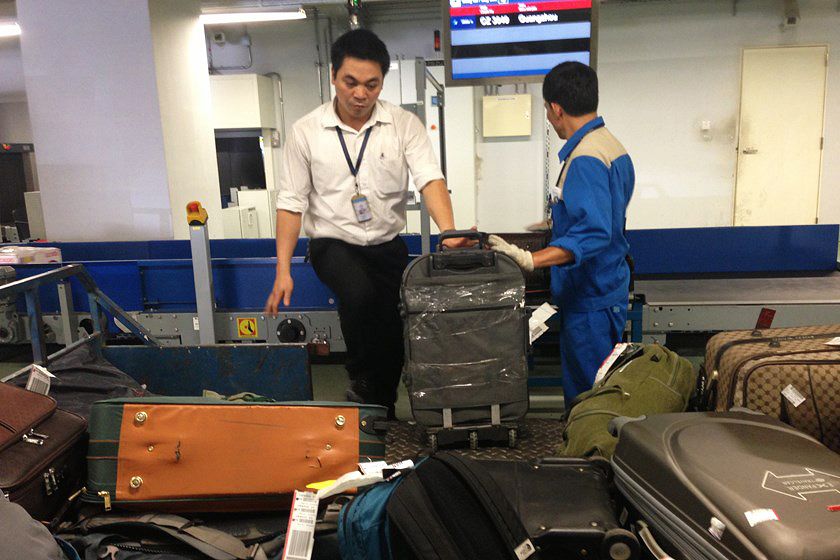During the American War, Laos' Ho Chi Minh Trail connected northern and southern Vietnam, providing revolutionary fighters with troops, supplies and vehicles.
Over 12,000 miles long, the intricate network of paths led from Mu Gia Pass in northern Vietnam through both Cambodia and Laos before re-entering Vietnam at the northern end of Plei Trap Valley, according to Nautilus.
Though north Vietnamese fighters attempted to keep these trails a secret, American planes began dropping bombs on Laos in the mid-1960s. From then on, the path became a routine target for American forces and was attacked on a regular basis throughout the war.
To this day, Laos is the most heavily bombed nation in the world. A plethora of evidence from this era remains scattered along the country's present-day Ho Chi Minh Trail. In a series of photos from tour provider Explore Indochina, which leads guided tours of the area, rusted plane carcasses, bombed-out vehicles, military helmets and unexploded ordnance litter the path, acting as a stark reminder of the past.
Take a look at Laos' Ho Chi Minh Trail below:

A narrow jungle path on Laos' Ho Chi Minh Trail.

Unexploded ordnance (UXO) is a common sight on the trail even now.

Bomb craters like this one often contain leftover UXO.

A gun turret blends in with the hillside in southern Laos.

Rickety makeshift bridges like this one cross rivers along the trail.

Supply trucks were often the target of enemy fire on the trail.

A tanks sits abandoned in the Lao jungle.

Scrap metal collectors often take on the dangerous task of collecting UXO in an effort to earn extra money.

Motorbikes cross the river by way of a small wooden ferry.

A bamboo bridge near Muang Nong.

Signs indicating UXO clean-up efforts are a regular sight along the trail.

Cluster bomb casings sit by the roadside.
[Photos via Explore Indochina]














